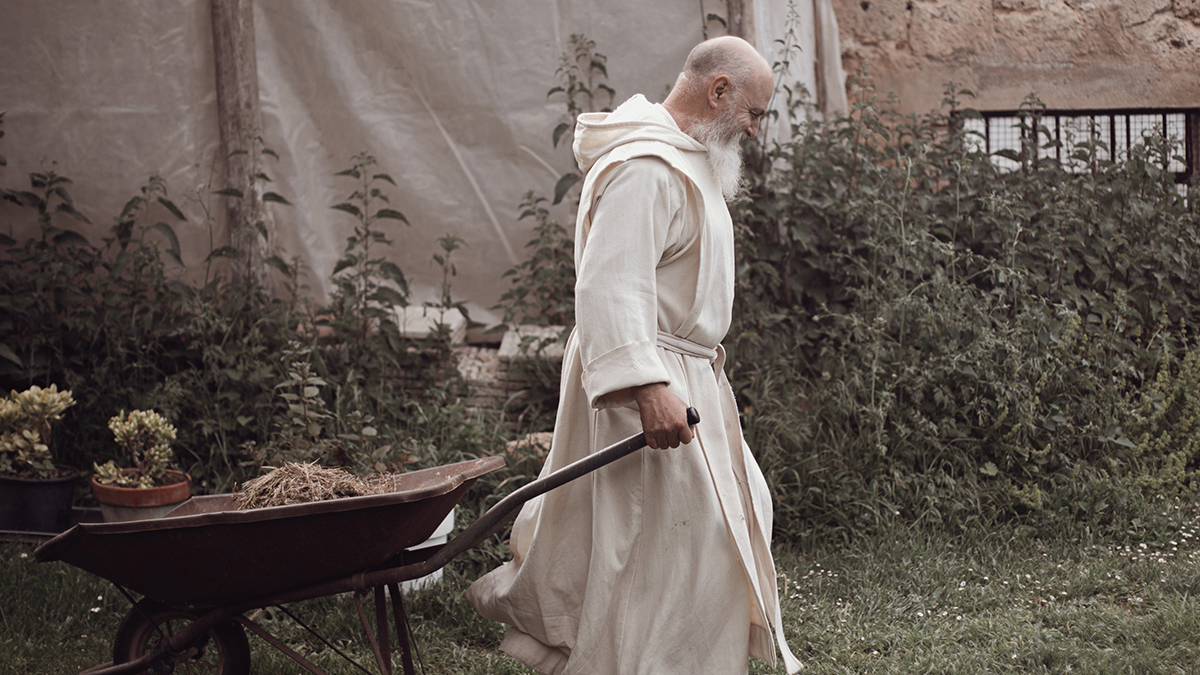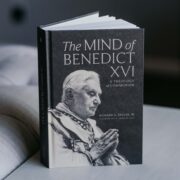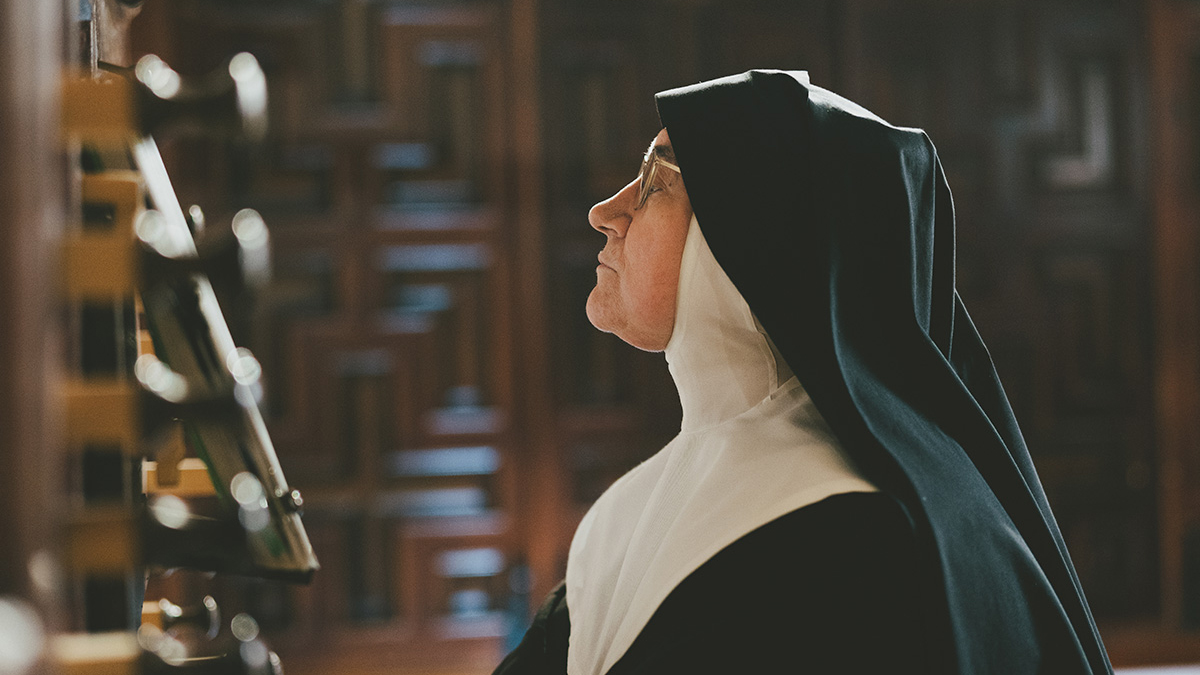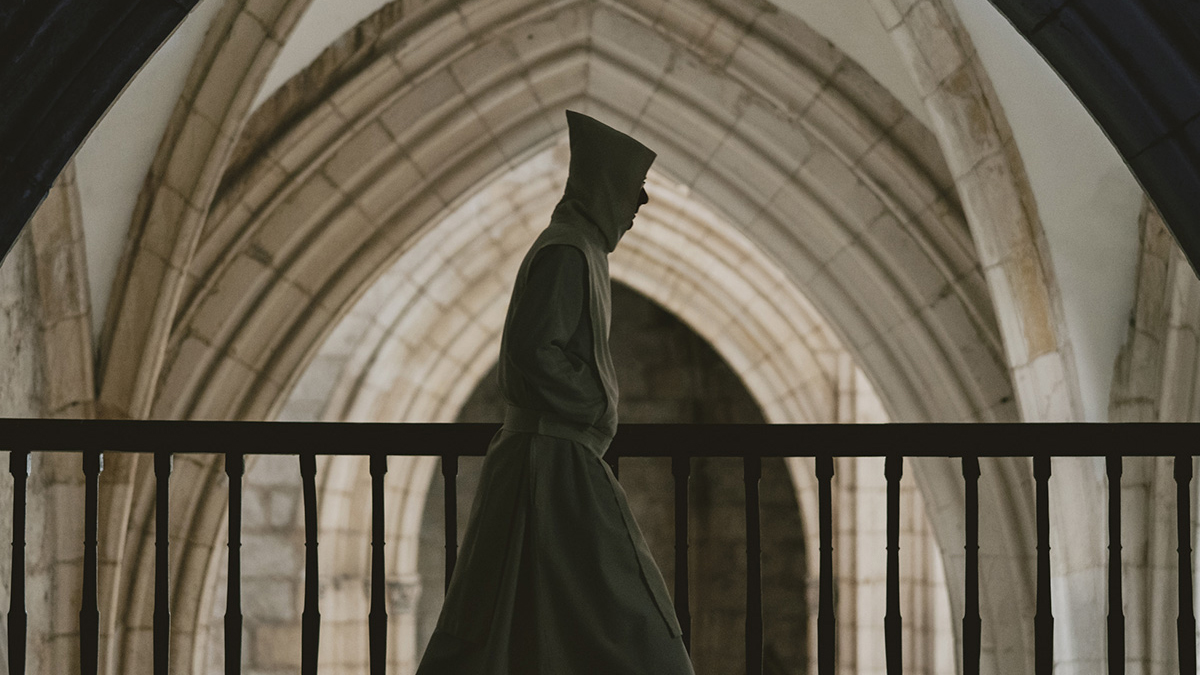In the third century, a twenty-year-old Egyptian spearheaded a radical new Christian movement. He gave all of his belongings to the poor, dedicated himself to a strict ascetic life, and after some time, retreated into the solitude of the desert for twenty years. St. Anthony of the Desert and the many Desert Fathers and Mothers in his wake birthed the long tradition of Christian monasticism—men and women who give up everything to follow Jesus completely.
A new documentary from Bosco Films shows that this tradition is alive and well, continuing to draw men and women of all ages out from the welter of postmodern pageantry and noise and into the desert of simplicity and silence.
Why would people, especially young people, opt for such a countercultural way of life in the twenty-first century, relinquishing not only a family and individual autonomy, as any priest or woman religious does, but also their possessions, their creature comforts, their means of staying plugged in?
Libres (Free), showing in seven hundred theaters across the United States on November 2 through Fathom Events, takes viewers into a dozen monasteries across Spain. In the tradition of Into Great Silence, it offers us a rare glimpse into the everyday life of cloistered monks and nuns: Mass and the Liturgy of the Hours, solitary prayer and study, conversations over tea and small acts of service—even a competitive game of basketball between nuns in full habit. Beautiful cinematography and stirring spiritual chants and hymns accentuate the natural, unhurried, prayerful rhythms of the cloister—a rich world in which things advance, as several of these men and women say, poco a poco (little by little).

But whereas Philip Gröning’s film about the Carthusians sought to immerse us in the meditative experience of silence, Libres is far more interested in getting to know the stories of those choosing to dwell in it. Why would people, especially young people, opt for such a countercultural way of life in the twenty-first century, relinquishing not only a family and individual autonomy, as any priest or woman religious does, but also their possessions, their creature comforts, their means of staying plugged in? As one nun puts it, “What is behind those women inside?”
Fittingly, there are no names, locations, or any identifying information at all, lending a compelling sense of anonymity and universality to the film. And we see, in the stories of conversion and vocation, a wide range of pathways into the monastery—some through gentle and gradual nudges, others through “crushing” realizations; some from faith-filled backgrounds, others from a place of unbelief. In one striking testimony, a habited man reveals his story of dabbling in Satanism until, through the aid of his mother’s prayers, he was led into a prayer group in the city and transformed by a sudden peace he had never known. “The Lord knows his ways,” he says, “and so he called me, and I said yes.”

The monks and nuns invite viewers into the beauty of monastic life, reflecting on its recapturing of interiority and community, its dedication to work and service, and its unleashing of true joy and freedom. The happiness they had found in the world was short-lived, the liberty shallow. One monk, in a nod to Jean-Paul Sartre, reflects on the “deep existential emptiness” and “existential nausea” of contemporary life, and several speak of having experienced an endless “void” inside—a desire to be filled by something greater than themselves. “Why am I here and for what purpose?” one monk recalls asking. “Does all this make any sense?” In the monastery, they found the fulfillment of their great unnamed longing, the answer to their great religious searching.

Though Libres is inspiring, and will invite many viewers to picture themselves answering the call, it is far from a romanticized portrait. From periods of spiritual dryness to the day-to-day rigor of humbling labor, the monks and nuns are also honest in the difficulties and sufferings of the monastic journey. In reflecting on the good things of life he has willingly renounced, one monk offers, “I am happy, but my happiness has the shape of a cross.”
The lives glimpsed in Libres, and indeed this beautiful film itself, show forth this intimate connection between those called out from the world and a world longing for God.
But is the monastic life just an escape from the hardships of everyday life? The film opens with a monk reflecting on the classic definition of monastic life as a fuga mundi, a “flight from the world.” But, he adds, it is not really an escape from the world at all. As one nun wisely offers later in the film, “You have left, but you have not left, because everything you have left comes with you. Everything comes along. If you come here out of frustration, you find it here with you.”
Rather, the monk goes on, the monastic life’s true meaning is moving toward God. The film opens with an epigraph from Pope Francis: “The world and the Church need you to be beacons of light for the journey of the men and women of our time.” In the source, the apostolic constitution Vultum Dei Quaerere on women’s contemplative life, the pope goes on to make precisely the same point: “You have chosen not to flee the world out of fear, as some might think, but to remain in the world, while not being of the world. Although you live apart from the world, through the signs of your belonging to Christ, you tirelessly intercede for mankind, presenting to the Lord its fears and hopes, its joys and sufferings.” The lives glimpsed in Libres, and indeed this beautiful film itself, show forth this intimate connection between those called out from the world and a world longing for God.
Photo credit: Bosco Films.
